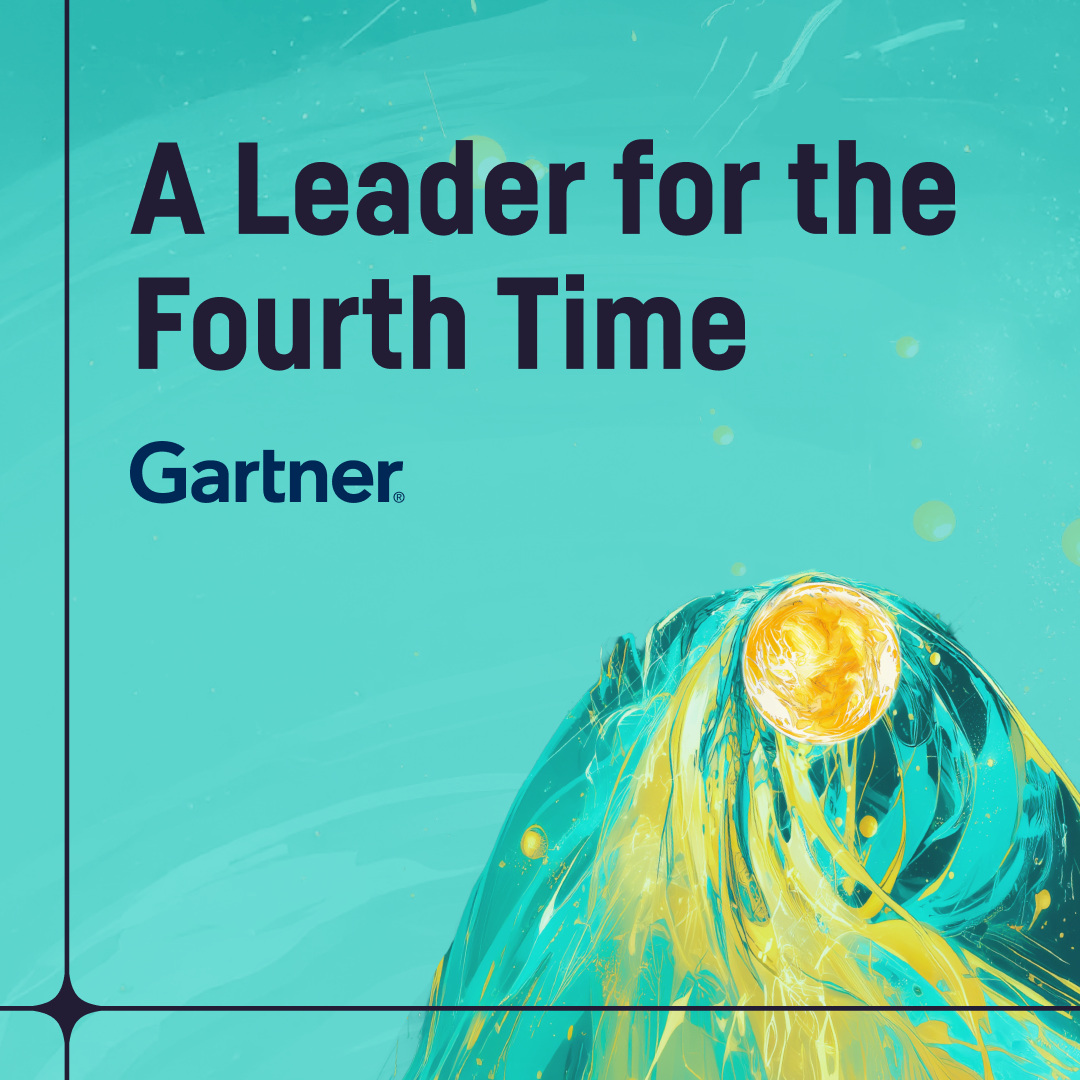Understand Credit Scorecard Drivers With
a Visual Interface
Access integrated interactive scorecards and evaluate in real time the impact of changes to features on the credit score with an entirely visual interface. Allow modeling teams and stakeholders to work collaboratively in real time to understand the drivers of any credit scoring model.
Bring All Stakeholders Into the Same Space to Speed Decision Making
The Dataiku Solution for Credit Scoring takes credit risk teams from model prototyping and eased review by model risk management teams to model exposure in their choice of systems in a matter of a few steps. Thanks to this unified approach, governance is seamless, and the capacity to react to market evolutions is accelerated.
Integrate Fairness Checks Into Your Processes
Explore and understand the fairness impact of the features within your model, supported by simple diagnostics and a Responsible AI (RAI) framework. Leverage the framework to quickly integrate checks across the entire process.
Precisely Design and Improve Your
Credit Scoring Model
Use integrated weight-of-evidence (WOE) and automatic binning techniques to explore the fairness impact of features within your model and perform feature selection and interpretation using ML-supported techniques.
Move Faster and Evaluate Varied Datasets
Quickly and easily perform feature selection and interpretation using ML-supported techniques alongside intuitive calculations and visualization. Use machine-assisted analysis to more quickly evaluate large datasets, retaining complete control and flexibility while connected to current customer datasets and tools.
Answer Key Credit Scorecard Questions
The Dataiku Solution for Credit Scoring helps answer a broad range of questions like:
- How can I quickly review the possible impact of key market evolutions like inflation shocks?
- How can I accelerate model time-to-market while meeting the highest standards of auditability and governance?
- How can I provide an experimentation sandbox which connects to real data?
- How can I guarantee that I meet my different local regulations for fairness and bias mitigation in credit allocation practices?
- How can I support smooth decision making on new credit products building to target new market segments?
Accelerate and Enhance Traditional Credit Scoring
Establish a foundation to build dedicated AI credit scoring models, all while staying connected to current customer systems. Get immediate, actionable insights while complying with internal policies and ethics and with existing regulations. From machine-assisted analysis and a full RAI framework to interactive scorecards, the Dataiku Solution for Credit Scoring takes your credit risk models to the next level.
The Total Economic Impact™
Of Dataiku
A composite organization in the commissioned study conducted by Forrester Consulting on behalf of Dataiku saw the following benefits:
reduction in time spent on data analysis, extraction, and preparation.
reduction in time spent on model lifecycle activities (training, deployment, and monitoring).
return on investment
net present value over three years.





